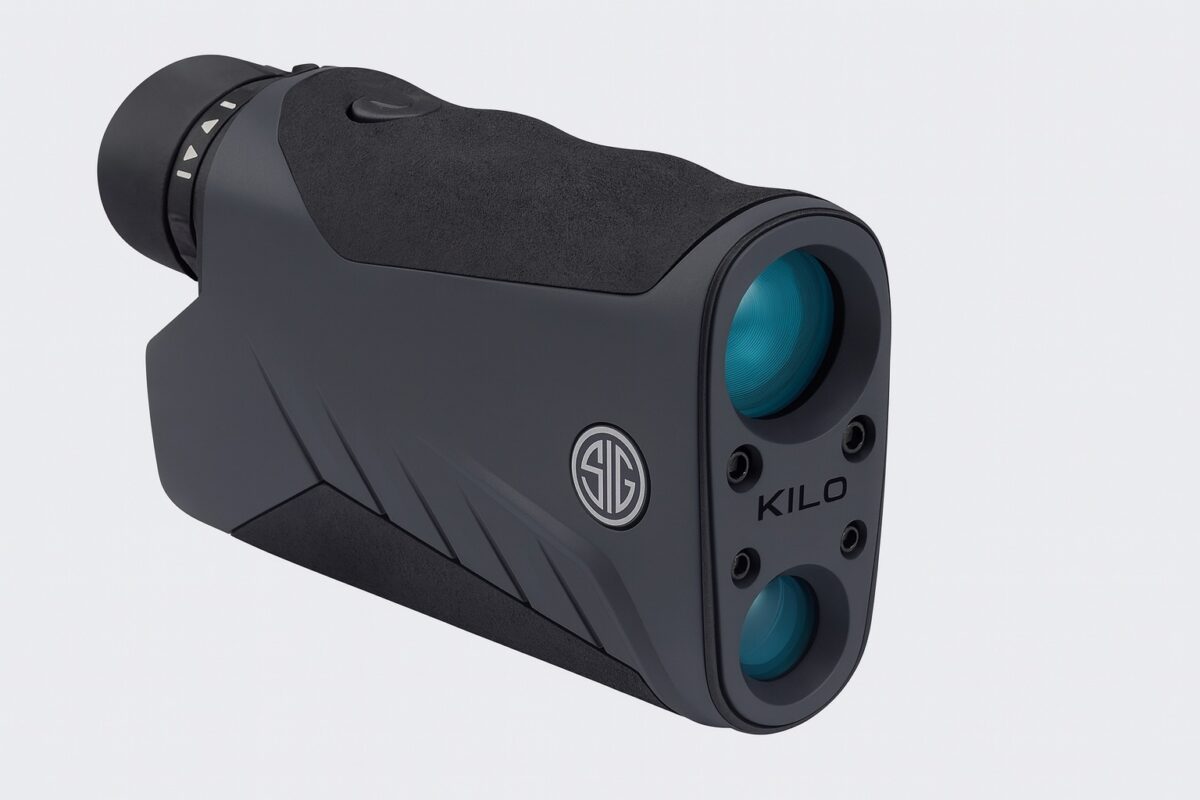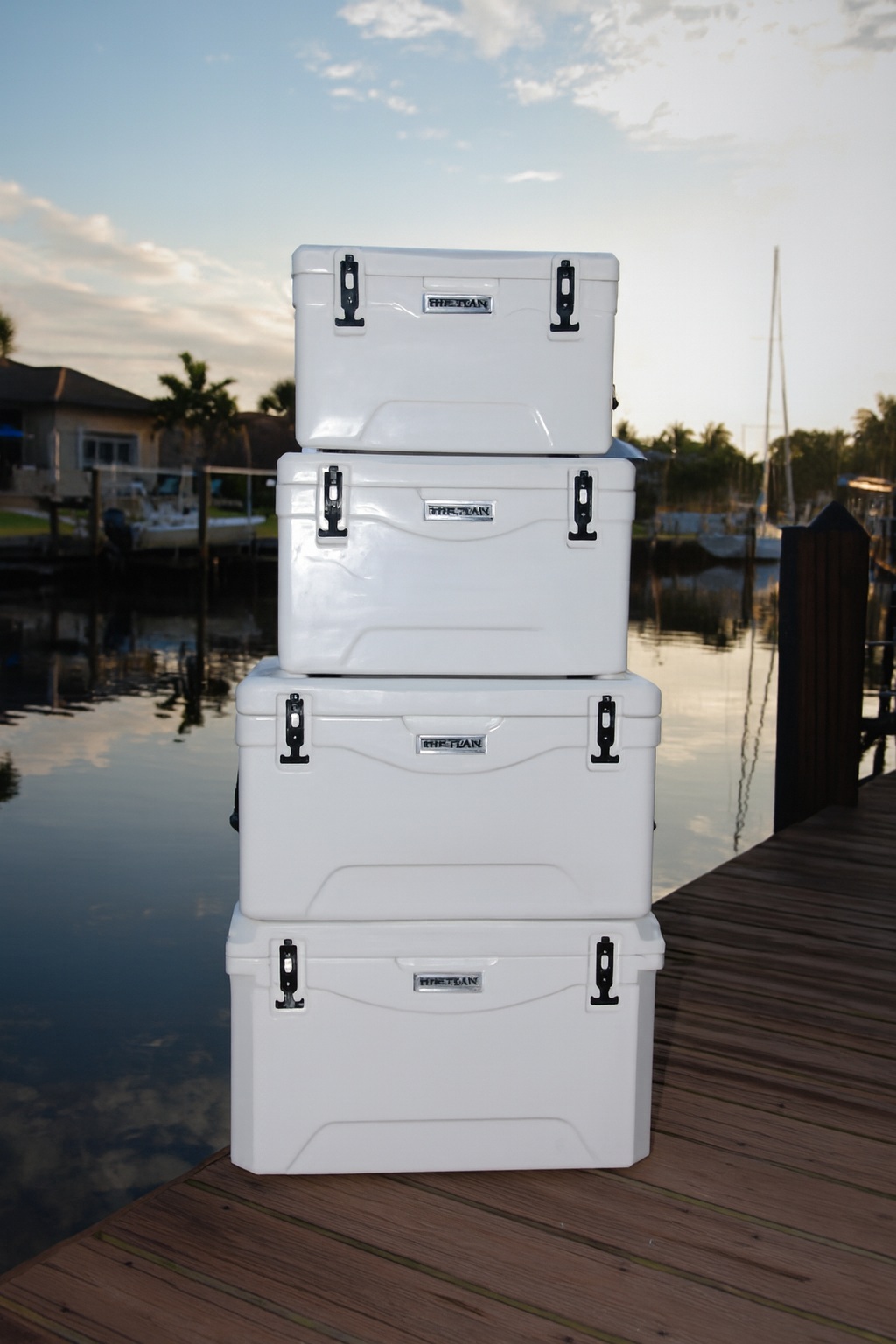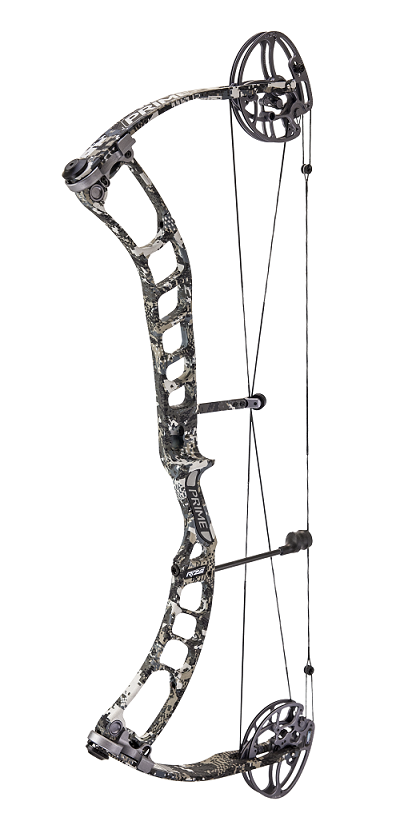Principles of Rangefinding
A rangefinder is an optical device that measures the distance to a target using laser reflection and timing. The system emits a light pulse and calculates the time it takes for the signal to return, allowing for precise distance measurement. These tools have become valuable in hunting, archery, and outdoor observation, helping users assess distance quickly and accurately in various environments.
Modern digital rangefinders operate at high refresh rates, updating multiple times per second to ensure real-time readings. This capability allows for smoother tracking of moving subjects and improved accuracy over long distances.
Accuracy and Environmental Adjustment
Advances in rangefinder design have introduced digital signal processing and inclinometer technology. These systems automatically calculate the angle of elevation between the user and the target, providing a corrected measurement that accounts for slope and terrain. Such corrections are critical for precision shooting or measuring over irregular landscapes.
Adaptive display systems have also improved visibility. By automatically adjusting screen brightness to ambient light, users can obtain clear readings during both bright daylight and twilight conditions. Compact construction and lightweight materials further enhance usability in the field without sacrificing durability.
Optical Design and Measurement Performance
High-performance rangefinders typically offer magnification through coated lenses that maintain clarity at long distances. Improvements in laser divergence, response time, and field of view have enhanced precision and consistency. These features enable measurement of reflective surfaces, vegetation, and animal targets at varying ranges.
Accuracy depends on factors such as weather, reflectivity, and surface texture. Modern optics compensate for these variables through rapid scanning functions and refined signal algorithms, ensuring stable performance even under challenging outdoor conditions.
Practical Use and Ongoing Development
Rangefinder technology continues to evolve through advances in digital components and optical engineering. Innovations in compact design, energy efficiency, and sensor integration support broader applications across hunting, surveying, and recreational activities. The ongoing refinement of these instruments demonstrates how precision measurement contributes to safety, efficiency, and responsible field practice.





